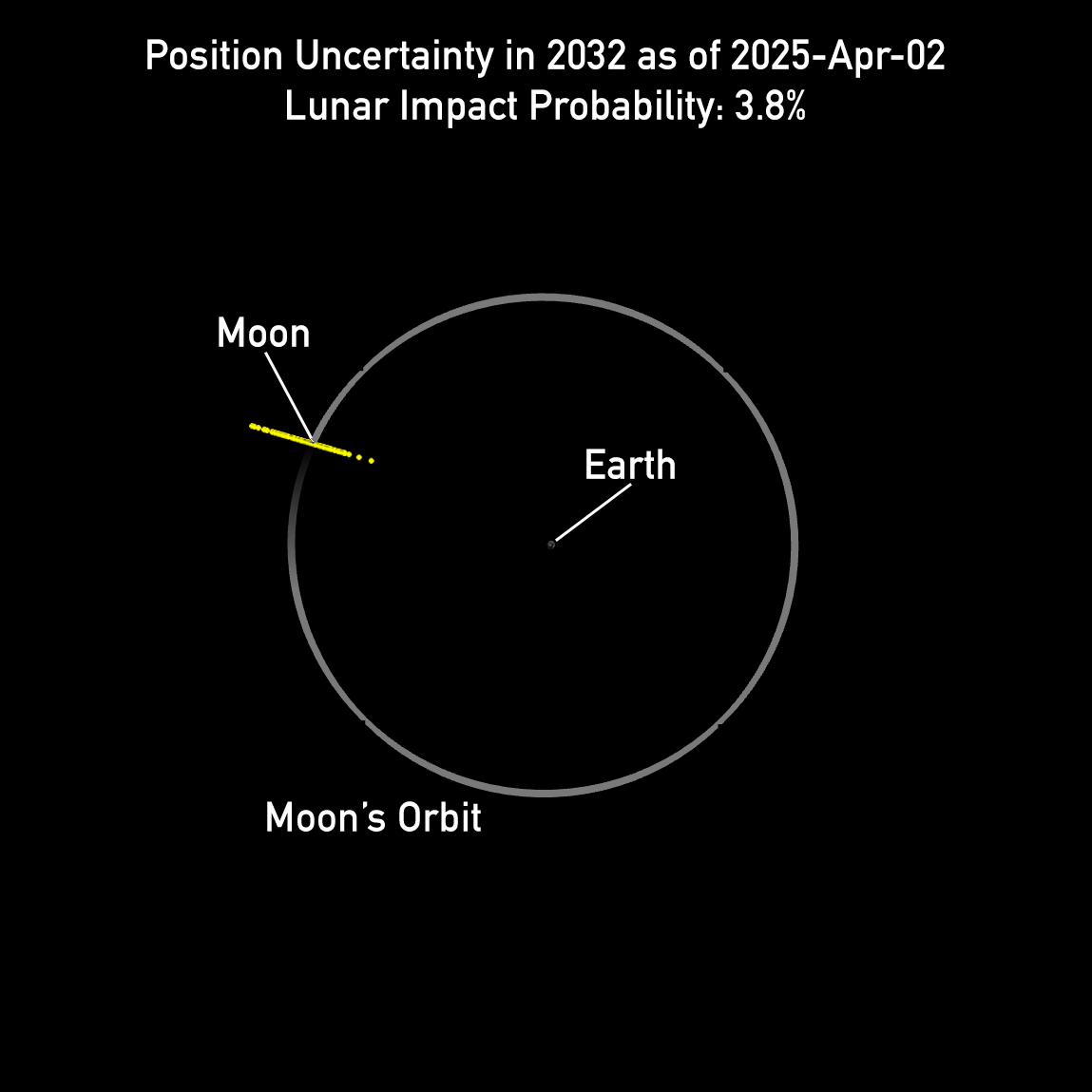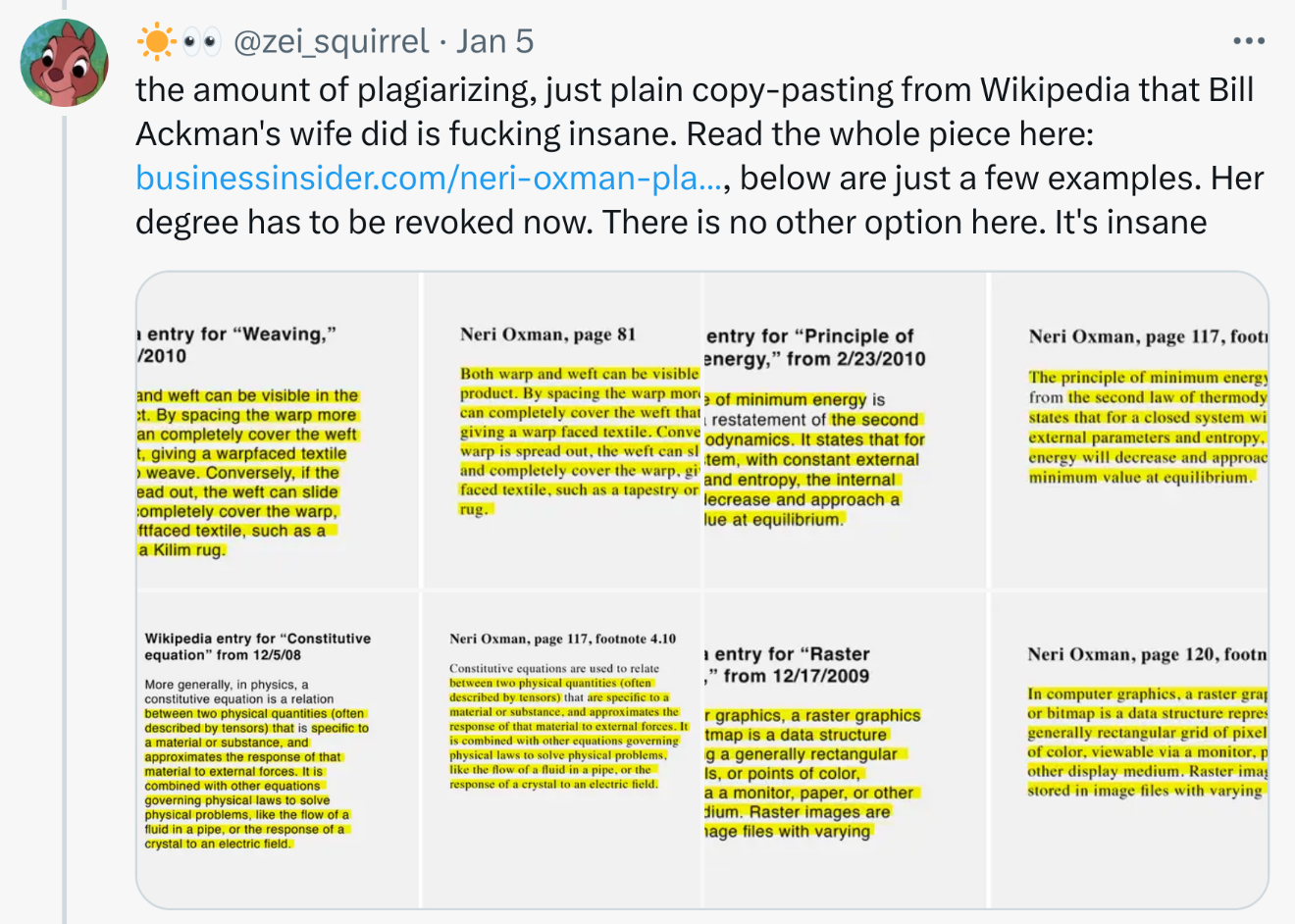 NASA Predicts Asteroid 2024 YR4 Might Hit The Moon.
NASA Predicts Asteroid 2024 YR4 Might Hit The Moon. According to observations made by NASA using the James Webb Space Telescope, there is a three point...
 Basically No chance 2024 YR4 will hit Earth.
Basically No chance 2024 YR4 will hit Earth. Recent observations have virtually eliminated any concern about an impact from asteroid 2024 YR4...
 Asteroid 2024 YR4: A 2032 Threat? Not on Our Watch
Asteroid 2024 YR4: A 2032 Threat? Not on Our WatchBack in December 2024, astronomers caught wind of something unusual—a small, fast-moving rock...
 No, Trump’s Executive Orders Can’t Cancel Your Rights.
No, Trump’s Executive Orders Can’t Cancel Your Rights. Donald Trump does not have the power to rescind either constitutional amendments or federal laws...










